In 1969, a small group of pump engineers opened HydroAire, a pump service and repair company in Chicago. But it didn’t take long for president and founder George Harris to pursue a much bigger dream.
By combining forward thinking and the courage to explore new ideas with sophisticated engineering expertise, Hydro Inc. is now the one of the largest independent pump rebuilders on the planet and has become a key partner and total solutions provider for end users worldwide.
“We went from an upstart mom-and-pop service shop to a competitor with the major original equipment manufacturers (OEMs) by focusing on how to support customers in increasing the reliability and availability of their pumping systems” says Hydro’s President of Total Solutions Mike Mancini. “You can’t really call Hydro a repair company anymore. We are not just a guy with a wrench. We are a total solutions provider. We don’t just fix the pump—we improve the engineering and technology that enhances pump performance and reliability.”
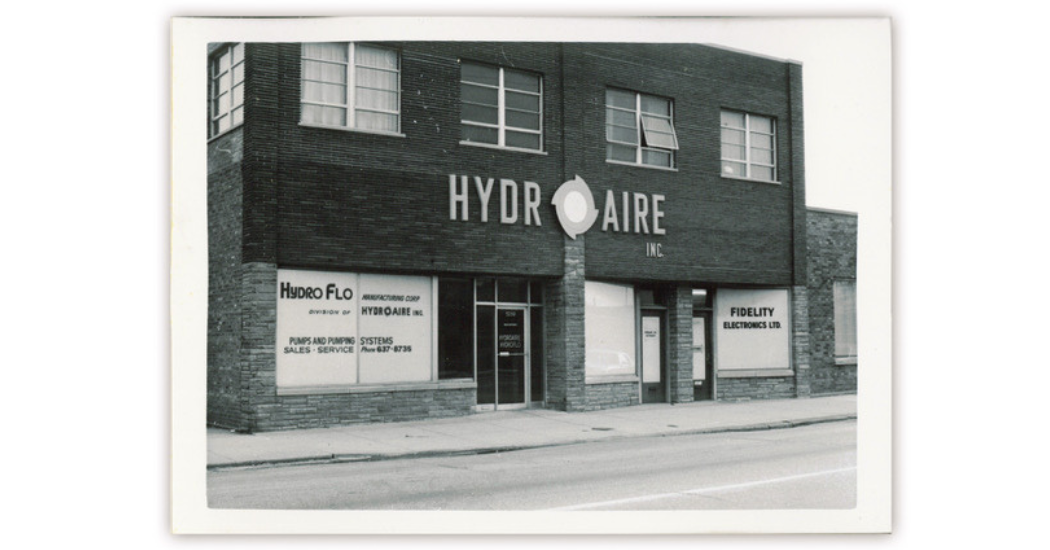 The dramatic change didn’t happen overnight. Mancini, who has had three tours of duty with Hydro since the late 1980s, recalls when Harris recruited him to work with legendary pump engineer Dr. Elemer Makay on a new initiative.
The dramatic change didn’t happen overnight. Mancini, who has had three tours of duty with Hydro since the late 1980s, recalls when Harris recruited him to work with legendary pump engineer Dr. Elemer Makay on a new initiative.
“George Harris had a symbiotic relationship with Dr. Makay, who was pioneering an effort to eliminate hydraulic instability,” Mancini says. “All the OEMs claimed he was incorrect. He wanted to prove his theory, so he began partnering with some of the Texas utilities. They needed Dr. Makay’s help, and he needed a quality shop. He couldn’t institute a change if the workmanship was poor. At that time, George Harris was in the process of building a new plant and was looking for a way to differentiate himself from the OEMs.”
When Hydro began its partnership with Dr. Makay, it was an independent repair facility and had already gone through several changes in its growth. One of the keystones of this growth was Harris’ ability to intuitively understand the needs of the market.
“OEMs try to make money in the aftermarket by promoting parts and repairs,” Mancini explains. “Their goals are not aligned with the end users’ goals, which are to improve reliability and operating life.” Mom-and-pop shops found entry into the market by competing on price, which requires low overhead. That translates to minimal data gathered during inspection and sparse documentation, with minimal or no engineering staff.
It was in this environment that Hydro recognized the value of a quality repair- a repair that addresses reliability problems of existing equipment. This was not something easily available to end users. Hydro also understood that a detailed inspection process was crucial to gathering the data needed to provide not only a quality repair but an engineered repair- that is, identifying underlying equipment problems and proposing solutions as an integral part of the repair process.
With this vision and the help of Dr. Makay’s research, Hydro developed the legendary 300-point inspection program for high energy critical assets. When a pump came into the shop for repair, this inspection was designed to ensure that no significant degradations in the components were overlooked, preventing the possibility of pump failure once the equipment was put back into service. The process includes reverse engineering and detailed analyses, and it provides recommendations for major upgrades.
“George believed this was our chance to be the watchdog in the industry and was a way to support our customers in increasing reliability and availability,” Mancini remembers. “Knowing the fatal flaws of pump designs, we instituted this state-of-the-art inspection program. Combined with the unparalleled experience, having a complete understanding of various pump designs, and recognizing the design weaknesses, the inspection platform was built to uncover the types of issues that were known to cause problems.”
“This very thorough disassembly and inspection process can reveal things the customer didn’t know were there, like cavitation, for example,” says Hydro VP of Sales Jim Aubrey “We immediately begin thinking about engineering upgrades that can improve performance and reliability. During the inspection we pull in operational data. Our reliability services group then performs a health analysis to look for holistic upgrade possibilities. The result is a 360-degree view of things we can do to make the pump run better and improve overall performance.”
As this inspection process became recognized as the gold standard of the industry, Hydro began to develop a reputation as an independent company with goals that were aligned with the end user.
“We were not making pumps or parts,” Mancini says. “Instead, we were supporting our customers by improving reliability.”
Hydro began to take a holistic approach.
“We want to enhance the reliability and lower the total cost of ownership for the end user with regard to the lifetime of the pumps and pumping systems,” explains Aubrey. “The traditional approach by OEMs and other aftermarket companies was to solely focus on repairing the equipment to like-new OEM specifications. The initial purchase price of the equipment and installation costs are a relatively low cost when compared to the total cost of ownership for the end user. The vast majority of spend for end users is on energy consumption. The other main cost drivers are downtime and maintenance. We are trying to minimize the costs associated with those three buckets (downtime, energy consumption, and mean time between repairs). Hydro has invested in complimentary services aimed at reducing those costs and maximizing the profitability for our customers.”
Hydro discovered that by doing this, the intervals between maintenance cycles could be extended significantly. “If you look at the useful life of a pump, you could potentially reduce overhauls from eight repair cycles to five,” Aubrey explains. “That, in itself, will significantly reduce the total cost of ownership.”
That was the first step change in Hydro’s evolution.
 Becoming a True Partner for End Users
Becoming a True Partner for End Users
The uncertainty of capital projects forced manufacturers to shift attention to the aftermarket. As a result, other companies started to adopt the more rigorous inspection processes developed by Hydro. At the same time, new needs began to emerge as the industrial landscape changed. The power market became more competitive, with older fossil plants competing with more efficient combined cycle facilities and renewables. Increasing globalization of the supply chain led to competition in an international market for many other commodities. This change forced companies to take a closer look at reducing their costs to remain profitable.
Recognizing that support in this area was going unfulfilled, Hydro continued to evolve from a repair and field service company to a true partner for the end user.
“We began to analyze where these companies were hemorrhaging money, and the biggest area was their ability to maintain availability,” Mancini says. “If a power plant went down, it could cost half a million dollars a day.”
Because of that realization, Hydro had to determine how to accomplish the following three things:
- How could Hydro support the customer in evaluating the health of their assets?
- How could Hydro support the customer in evaluating the risk of continued operation?
- How could Hydro support the customer in increasing the operating life to reduce overall costs? “If we could extend the Mean Time Between Repairs from five years to 15 years, which technology can support today, this would result in two fewer evolutions of maintenance and all the issues that go along with taking a pump apart and returning it to service,” Mancini explains.
Addressing these three areas of concern requires a new mindset that extends focus from solving a single problem to providing support and cost savings in every aspect of equipment ownership. Being independent made Hydro uniquely qualified to pursue this objective. Hydro is not bound by loyalty to a brand, but instead dedicates itself to its customers and shared goals of reliability.
The first step in establishing a total solutions framework was recognizing that reducing risk is not only related to the pumping equipment. Specifically, it is related to the system, to the quantity and quality of data available, and to the knowledge and capability of the engineering, operations, and maintenance personnel that are its stewards. The second step is acknowledging that reliability is not achieved in a single moment in time- it is achieved by instilling a culture of excellence and incremental improvement in every stage of the equipment life cycle, from the initial design specification to management of an aging asset.
Committed to providing their customers with a single source for achieving reliable operation, Hydro invested heavily in services that would provide end users with the resources they needed to reduce their costs while continuing to consistently deliver on promises of excellence in customer service, responsiveness, and quality. These services have formed a comprehensive continuum of support throughout equipment life:
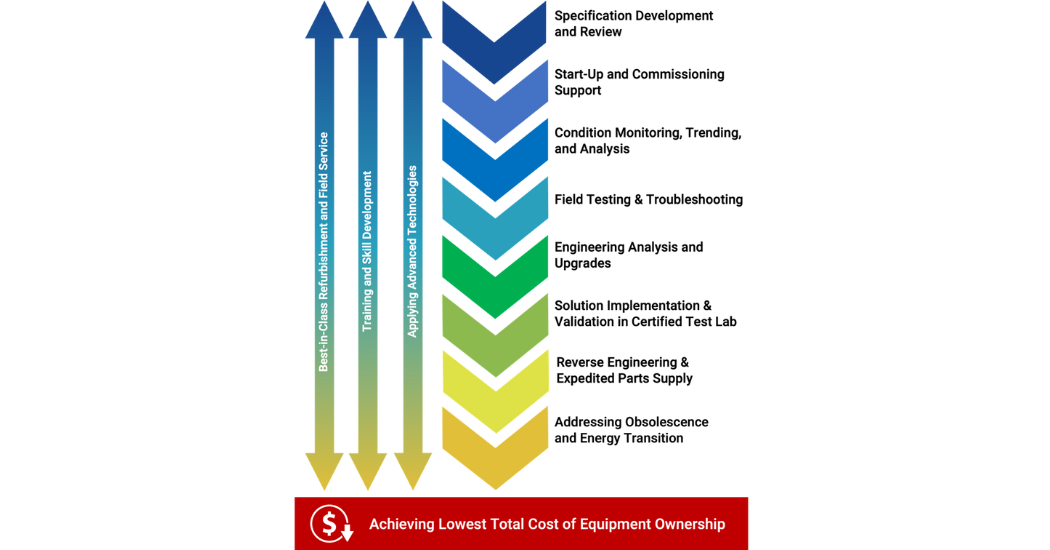 Getting Better Data
Getting Better Data
To better understand what was necessary to support the end user in achieving operational excellence, Hydro developed a support matrix that identified all the reasons why a customer could not determine the health of their assets or the risk of continued operation.
It became evident that one of the missing pieces was a continuous source of data. That’s when Harris began to invest in a condition monitoring system. The goal of this system was to be comprehensive- including not only the hardware and software necessary to collect, trend, and store the data, but a service where dedicated engineers provide analytical support. Harris named this solution Centaur, a nod both to his Greek roots and to the powerful combination of man and machine that drives the system.
Hydro developed the Centaur software so that end users can identify potential problems before they become failures. This helps them to achieve significant cost savings through reduced maintenance spending and the elimination of unplanned downtime. Hydro built a Monitoring & Diagnostic Center at their Chicago 40th Street service center. The M&D Center is more than just a physical space that houses the dedicated Centaur engineers, it is a manifestation of Hydro’s commitment to remaining on the vanguard of advancing technology and staying in-tune with their customer’s changing needs.
“Continuous wireless monitoring allows us to support customers in receiving continuous data and supporting them with expert data analysis,” Mancini says. “It had become apparent that the type of data we had previously been receiving on a monthly or quarterly basis was not enough to support our customers in evaluating the health of their equipment or predicting maintenance.”
Hydro didn’t stop there. In addition to providing resources for continuous monitoring, Hydro expanded its Reliability Services division to further enhance its ability to provide a high-resolution picture of pump health.
Centaur provides a continuous backdrop of data collection and analysis to support trending and identifying emergent issues. The Reliability Services division provides more complex field testing and troubleshooting using advanced vibration tools and analytical software, such as Operational Deflection Shape (ODS) and Experimental Modal Analysis (EMA). Because these tools are highly specialized, the economics don’t support an end investing in this technology, making a qualified partner necessary.
Addressing the Manufacturing Skills Gap
As Hydro continued to speak to customers about their challenges, a common theme became evident- the ramifications of a changing workforce. The catalyst of this change was the mass retirement of workers who had valuable institutional knowledge and experience. By both design and necessity, many companies made the decision to run their teams leaner, spreading more responsibility to fewer workers. This hindered workers’ ability to specialize and increased reliance on written procedures.
“It’s my opinion that the loss of knowledge is the biggest threat to public safety when you consider how to operate these plants properly,” Mancini says.
The manufacturing skills gap issue resulted in a dramatic increase in maintenance costs due to preventable errors. Talented and experienced workers were retiring and taking their institutional knowledge with them.
Hydro recognized the problem and determined that the effectiveness of the maintenance activity is driven by the quality of the maintenance procedures.
“If you reviewed the maintenance procedures, they were generated primarily from the OEM technical manuals, which were usually too generic and also contained significant errors,” Mancini explains. “The skill of the labor force recognized these errors and were experienced enough to compensate for the procedure’s shortcomings and do things the right way. But many of these skilled workers had left the workforce. So, the procedures remained incorrect, but the knowledge was no longer there to overcome that.”
Hydro decided it could support customers by using their engineers and field service professionals, who have in-depth experience across manufacturers, to upgrade and correct the shortcomings of these maintenance procedures. To accomplish that thoroughly, Hydro decided to not only upgrade the written maintenance materials, but also transfer this knowledge to an immersive digital technology that speaks more directly to the new generation of engineers.
“You can now find almost anything on YouTube, and that’s where this generation goes to solve problems,” Mancini explains.
This new initiative was named IMPEL— Interactive Maintenance Procedures for Electronic Learning. It features a full, interactive 3D model of the pump and its environment, which is animated step-by-step to create a digital maintenance procedure. The work instructions incorporate the experience of Hydro’s seasoned field service team to recapture the lost institutional knowledge. Having a clear representation of each procedure step in a digital format greatly reduces the likelihood of maintenance errors that lead to equipment unavailability and rework.
In addition to being used as a full work procedure, this tool can be leveraged as a training resource, visual reference during pre-job briefs, and interactive bill of materials.
A Focus on Training
The most recent piece of the puzzle has been addressing skill development of the new generation of pump engineers, operators, and maintenance professionals. Hydro has always had an active training program and hosted a variety of educational classroom and hands-on courses at their service centers and at customer sites. With the onset of the Covid-19 pandemic, it became necessary to develop a way to convert this traditional training while maintaining its effectiveness in the virtual format. From this need Hydro University was created.
Hydro recognized that retention is low when training in a classroom environment. They developed a hybrid approach that blended a foundation of classroom training and availability of the classroom material in an on-demand format. Having the on-demand classes available after the classroom session not only provided reinforcement of what was learned, it allowed access to the information at moments of need. Additionally, the hands-on training provided by Hydro’s Field Service group was enhanced by incorporating the new IMPEL platform.
“We offer a lot of training options for our customers,” Aubrey says. “Again, Hydro aligns its goals with those of our customers. If our customers are well-trained on the operation and maintenance of their equipment, they are going to experience greater reliability and a lower cost of ownership.”
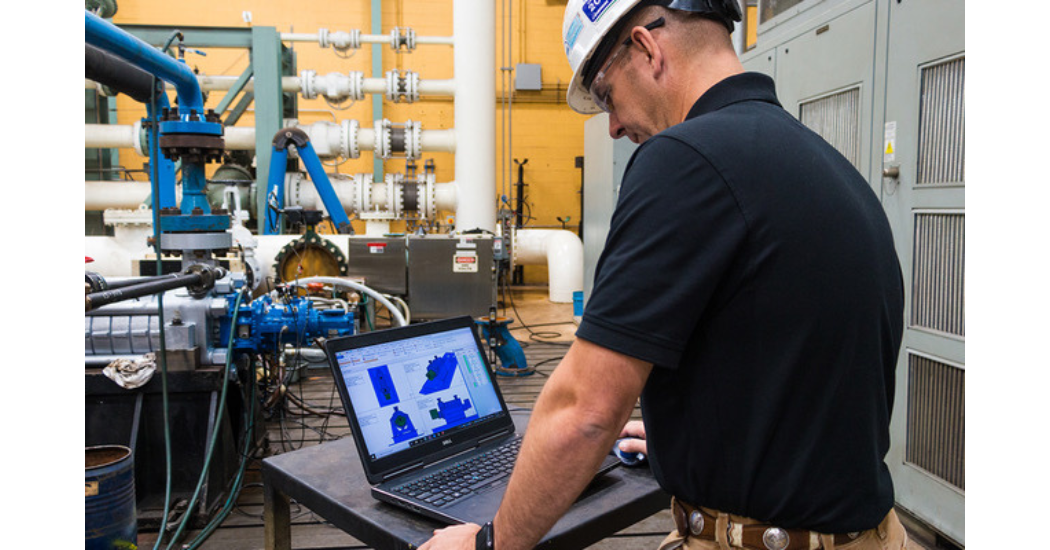 The Heart and Soul of Hydro
The Heart and Soul of Hydro
Hydro’s evolution from a service and repair supplier to a total solutions supplier is closely tied to their culture of customer service and engineering foundations.
“We are here to support our customers in increasing operational excellence with regard to pumping systems by evaluating the health of their assets and the risk of continued operation—continuously collecting data, support them in analyzing that data, training their people, providing tools to support their maintenance procedures, and providing parts on an accelerated basis,” Mancini explains. “All this increases the availability and reliability of the plant, which impacts the total cost of ownership over the equipment life cycle. This is the major goal of every facility.”
Mancini remembers working with other pump companies whose goals were not aligned with the customer. “Their business was to sell pumps and make all their money on parts and repairs,” he explains. “The heart and soul of Hydro is that our goals align with the customers’ goals. Being independent, we have knowledge and experience in all the designs of the all the major manufacturers. We can provide meaningful subject matter expertise. We are here to support the customer and help them increase their operational excellence.”
Being independently-owned has given Hydro the flexibility to quickly adapt to evolving needs and make investments and decisions that might be challenging in the short term but yield long term benefits for its business and the business of its customers. The company was built on a bedrock of innovation and grown by investing not only in ideas, but in talent and experience. Despite George Harris’ death in December 2021, the innovator’s legacy lives on. In investing in Hydro’s people, he invested in Hydro’s future. The guidance and support he provided to those who worked for and with him has inspired a new generation of visionaries who are poised to continue Hydro’s trajectory into the future.
“We are not just a pump service and repair company anymore,” Mancini emphasizes. “We are now a partner with the customer and work with them to increase operational excellence and their bottom line.”
Aubrey agrees.
“We are a company that is invested in total solutions and reliability,” he says. “Our interests are perfectly aligned with the best interests of our customers. By providing engineering and technology upgrades we are addressing problems at the root cause that customer sometimes don’t even know exist. We are not just replacing parts and letting an issue continue to fester. We ask ‘why is this pump failing or out of service? What can we do to make sure it operates successfully in the future?’ That is what is in the best interest of our customers. That’s where our business lives. That’s our value proposition.”
 About the Author: Michelle Segrest is president of Navigate Content, Inc., and has been reporting on the industry since 2008. She is the author of three books about Modern Manufacturing.
About the Author: Michelle Segrest is president of Navigate Content, Inc., and has been reporting on the industry since 2008. She is the author of three books about Modern Manufacturing.

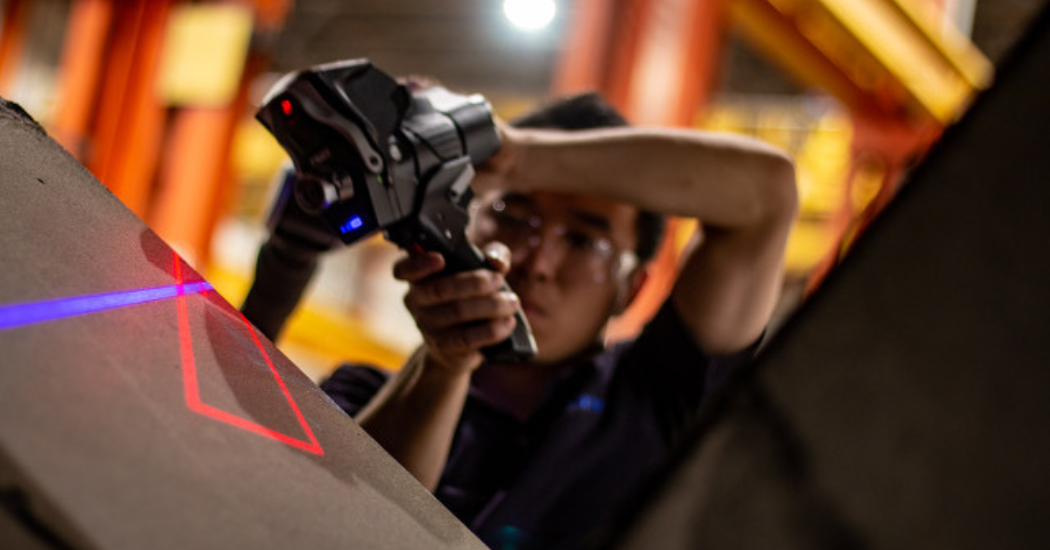
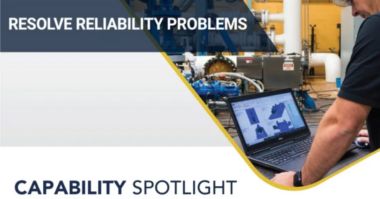

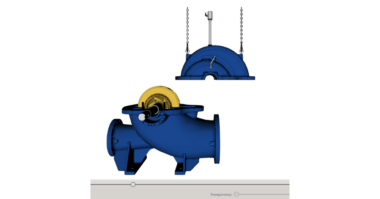
Comments